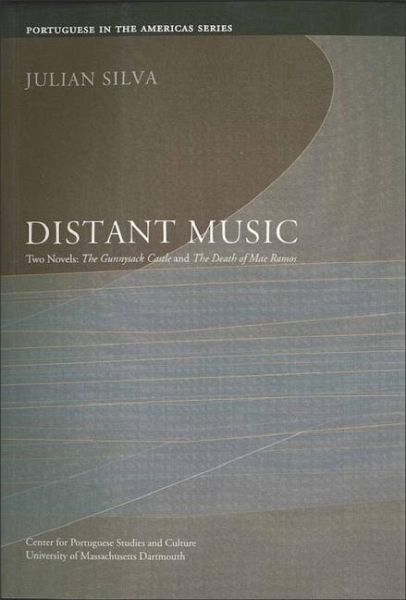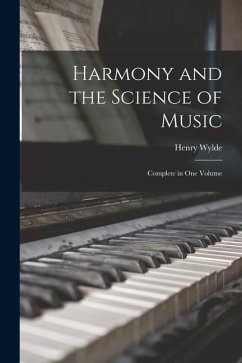
Distant Music: Two Novels: The Gunnysack Castle and the Death of Mae Ramos Volume 6
Versandkostenfrei!
Versandfertig in über 4 Wochen
30,99 €
inkl. MwSt.

PAYBACK Punkte
15 °P sammeln!
Two discretely shaped yet interdependent narratives creating a family saga from the viewpoints of both maternal and paternal lines (a difficult and rarely successful strategy for fiction) comprise this large and capacious novel. Distant Music begins in the nineteenth-century and extends well into the twentieth, a diptych retelling the story of the Woods and Ramos families and their descents in rough-and-tumble California. In crisp, succinct, and often elegant prose, rich in deftly selected detail, Julian Silva celebrates not only the resilience of men and women confronted with failure but--eve...
Two discretely shaped yet interdependent narratives creating a family saga from the viewpoints of both maternal and paternal lines (a difficult and rarely successful strategy for fiction) comprise this large and capacious novel. Distant Music begins in the nineteenth-century and extends well into the twentieth, a diptych retelling the story of the Woods and Ramos families and their descents in rough-and-tumble California. In crisp, succinct, and often elegant prose, rich in deftly selected detail, Julian Silva celebrates not only the resilience of men and women confronted with failure but--even more important--he adumbrates the compromised morality of their achievement. The Gunnysack Castle was first published by Ohio University Press in 1983. A study of the character of Belle Bettencourt was published by Cosmopolitan Magazine in March 1964. The second section of The Death of Mae Ramos, ""Vasco and the Other,"" was originally published in 1979 under a different title and in a slightly different form in the University of Colorado's Writer's Forum 6.












